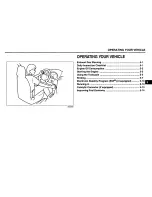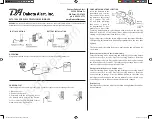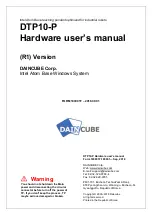
2-1
Section 2
Section
2
Testing Sensors
Troubleshooting
Tips
Save yourself time! Always begin with a thorough
visual and “hands-on” inspection. You can often
find the cause of many problems by just looking.
• Has the vehicle been serviced recently?
Sometimes things get reconnected in the wrong
place, or not at all.
• Don’t take shortcuts. Inspect hoses and wiring
which may be difficult to see due to location.
• Inspect the air cleaner and ductwork for defects.
• Check sensors and actuators for damage.
• Inspect all vacuum hoses for:
– Correct routing. Refer to vehicle service
manual, or Vehicle Emission Control Information
(VECI) decal located in the engine compartment.
– Pinches and kinks.
– Splits, cuts or breaks.
• Inspect wiring for:
– Contact with sharp edges (this happens often).
– Contact with hot surfaces, such as exhaust
manifolds.
– Pinched, burned or chafed insulation.
– Proper routing and connections.
• Check electrical connectors for:
– Corrosion on pins.
– Bent or damaged pins.
– Contacts not properly seated in housing.
– Bad wire crimps to terminals.
FRONT
OF CAR
U.S.A.
EM
G GAP
YST
CE BOOSTER
HVAC
CRUISE
BRAKE BOOSTER
TO TRANS
MODE
EGR
VAC
REG
EGR
VAC
REG
FUEL
PRESS
REG.
12RAC8
6DLC24
5AAC28
Summary of Contents for CP9087
Page 82: ...3 22 Notes...










































